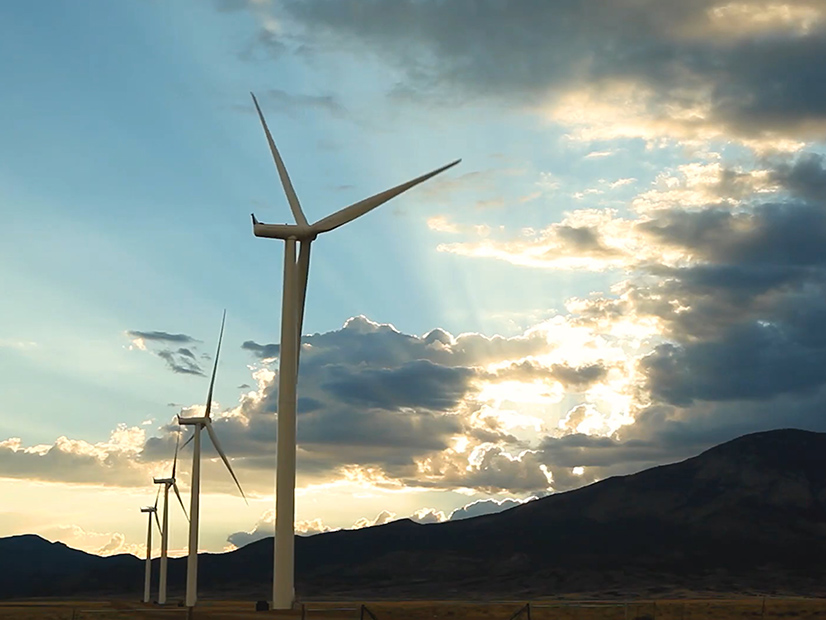MISO said last week that a steep plunge in wind production in late April is a harbinger of the acute ramping needs to come.
The RTO said it experienced a sudden loss of 4 GW of wind generation during an evening peak April 21. Paired with peaking load between 7 and 8 p.m. EST, that led to about 6 GW in net system ramping needs. MISO was ultimately forced to deploy contingency reserves to improve frequency’s performance.
J.T. Smith, the grid operator’s senior director of operations planning, called the ramp situation “fairly excessive.”
“Personally, I believe it’s not the last time we’re going to see this, and I think it’s going to become more common,” Smith said at a Reliability Subcommittee meeting June 3.
Congcong Wang, with MISO’s day-ahead market and reliability commitment division, agreed that more wind and solar generation will make dramatic ramping needs commonplace.
“This is definitely the most extreme ramping event in the history of MISO … and it’s only the beginning,” Wang said. “It was a race against the clock, and our operators worked to make commitments. … It was a stressful evening in the control room.”
Wang said wind forecasts underestimated pressure changes and the dip in wind speed.
James Bostwick, a balancing authority operator, said the experience was “a very disturbing picture,” with operators managing a 100- to 150-MW drop of wind generation per minute.
The extreme ramp led to an 18-minute violation of NERC’s BA ace limit (BAAL). The agency requires BAs to report BAAL violations that last 30 minutes or longer.
Otherwise, April was a relatively calm month for MISO.
Systemwide demand averaged just 66 GW, with a 78.2-GW peak occurring on April 1.
“April was another calm month,” Smith said. “Thank goodness, as we were in the heat of outage season.”
Stakeholders Urge Return to In-person Meetings
Smith said that MISO is pursuing a “soft opening” for its office staff through the summer “so it’s not such an abrupt transition as when we were kicked out of our offices last spring.”
“MISO is on a path to back-to-normal, and it’s going to take place over the summer,” he said.
The RTO’s control room operators are no longer sequestered and have returned to MISO’s headquarters in Carmel, Ind., for all shifts.
However, Smith said MISO probably won’t hold on-site, in-person stakeholder meetings until next year.
Customized Energy Solutions’ Ted Kuhn asked that staff consider the return of in-person meetings sooner than early 2022.
“I would encourage MISO to rethink this. … There’s just frankly no reason for this to go until December,” he said, citing widespread vaccine availability and falling case numbers. Kuhn said if MISO didn’t start planning in-person meetings, stakeholders will likely begin gathering on their own.
“I personally find in-person meetings invaluable in terms of hallway meetings and being face-to-face with MISO staff,” Ameren’s Ray McCausland added.



